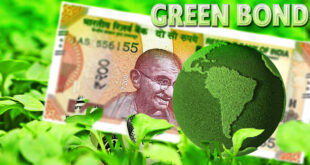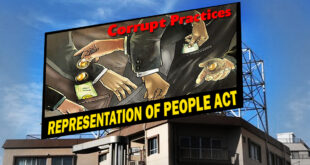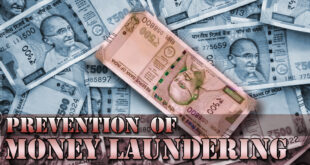Amid stiff competition, carriers keep fares low despite rising losses, ATF costs
Having landed in a Catch-22 situation with the inability to increase airfares despite rising fuel costs, airlines in India have flown into losses. The quarterly loss of Rs. 652.1 crore by IndiGo, despite having more than 42% market share, indicates the fierce and unsustainable competition in the sector. A mismatch in demand and supply, besides intense competition among players despite mounting losses, has kept fares low. This, at a time when airlines are incurring high cost on account of a 40% rise in ATF prices, and a more than 9% depreciation of Indian rupee against the dollar.
Capacity floating
According to analysts, the average airfare has gone down by 5% as more capacity is floating in the market. This was mainly created by IndiGo and rival airlines in need of cash, selling last minute fares at below cost, leading to lower yields. The situation will only bleed airlines further, they said. Last financial year’s average fare was Rs. 4,100, while this year it has gone down to Rs. 3,900, down 5%. Even in peak festive season, the fares are down by 5% to 6%, said a top airline executive. “Airlines are still holding fares due to high inventories, extreme competition and low slot availability at metro airports,” said Amber Dubey, partner & head — Aerospace & Defence at KPMG. At a time when the demand for air travel has gone up by 20%, IndiGo is seen inducting more planes, which has created some imbalance. By the end of this year, IndiGo’s capacity will go up by 30%. In the September quarter, it inducted 20 new planes, taking the total to 189 aircraft. “Some airlines should evaluate delaying their planned capacity increase till market conditions improve, say in next 9 to 12 months,” Mr. Dubey said. “The eagerness of airlines to maintain market share has led to the price cut leading to low fares. The general trend has been that the airlines are unable to pass on the additional burden on passengers,” Jagannarayan Padmanabhan, director, CRISIL Infrastructure Advisory, said. “For the long-term health of the sector, it is good to pass on the increase in a calibrated manner rather than artificially keeping fares low,” he said. Analysts said a market leader is setting the price and others are being forced to follow. “Intense competition is leading to irrational pricing, which is not sustainable. Every airline will bleed. While it is good for some to hold the prices and gain market share, the industry should come and agree for a base fare to survive,” an analyst said.
Source : https://www.thehindu.com/todays-paper/tp-business/airlines-face-double-whammy/article25316246.ece
Check Also
PMLA: Combating Money Laundering and Financial Crimes
Concept : The Prevention of Money Laundering Act (PMLA), enacted by the Indian government, targets …
 Chinmaya IAS Academy – Current Affairs Chinmaya IAS Academy – Current Affairs
Chinmaya IAS Academy – Current Affairs Chinmaya IAS Academy – Current Affairs



